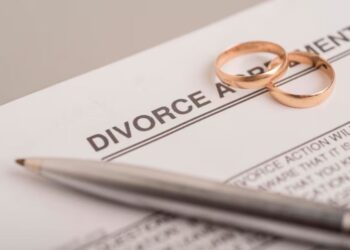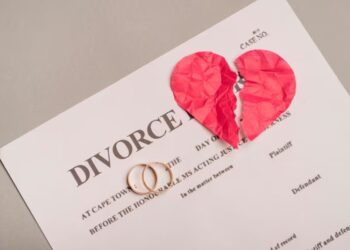It is a no-brainer that it is always important to identify the cars involved in an accident in order to seek appropriate legal redressal. However, it is almost always challenging to identify the guilty party or parties in such situations. When a car accident takes place, every party claims innocence and wants compensation for the other driver’s recklessness or unprofessional actions.
Some people myopically assume that their attorney will help them victimize the other party once they approach a lawyer. However, every informed and experienced lawyer knows that the occurrence of an accident does not automatically translate to someone being at fault. Experienced lawyers like the ones at the Felix Gonzalez Accident and Injury Law Firm invest significant effort into uncovering evidence, questioning those involved, checking surveillance footage, and more to determine who the fault lies with.
Previous Cases Where Fault Was Difficult to Determine
Have you ever imagined a scenario where the details of a crash are sketchy or unclear—you do not know the full details of the vehicles involved and the specific mechanisms of the mishap? A case between the state and Haines comes to mind. The issue under litigation was a car speeding off a roadway with smooth pavement under fair weather conditions.
Similarly, UCJFB v. Bowles, 334 A.2d 532, involved the case of a car hitting a pedestrian while standing on the roadside. In such cases, the law may provide a guideline to establish who was guilty and how they are at fault. Hence, proving that someone was at fault in a car accident takes a defined and profound process.
How Negligence Affects Fault Determination
If the incident is mainly triggered by negligence and if the defendant could easily control the cause of the harm in the accident where the victim was helpless, then the defendant is guilty through inference. The attorney will rely on Res Ipsa Loquitur (which means “the thing speaks for itself”), which permits a deduction to argue their case.
However, you have just won the battle halfway. The defendant has a right to a fair hearing; the court will allow them to present their side of the story on what led to the harm, apart from recklessness. The jury can agree with their explanation and offer a defense verdict. Alternatively, they may apply Res Ipsa Loquitur to find the defendant liable for the allegation, even without direct evidence of recklessness.
For instance, Maryland courts have used this concept in rear-end collision cases without using the exact Latin term. The court concluded that where a motor vehicle is lawfully parked on a highway waiting for traffic to reduce before entering an intersecting road and the car is unexpectedly struck from behind by another one, there is a true evidentiary presumption of negligence. A trier of fact may reasonably infer negligence on the part of the driver of the second vehicle based on that inference. This means that they did not care enough to follow the applicable traffic laws and signs, which is what led to the incident.
According to the law, the offense is a rebuttable presumption; the defendant must give a non-reckless, acceptable reason for hitting the vehicle in front. Their inability to provide a satisfactory explanation means they are guilty and would have to pay the price for their negligent action.
Conclusion
From the preceding argument, it is crystal clear that proving that the other driver was guilty of a car crash is complex and technical. It will be a demanding or challenging role for a layman. Hence, you need an outstanding car accident attorney to help you argue your case. An experienced attorney possesses not only the skills and know-how to navigate legal intricacies but is also familiar with how fault and negligence are determined. Therefore, they will be able to get to the bottom of what happened and offer you the best chances of success.










